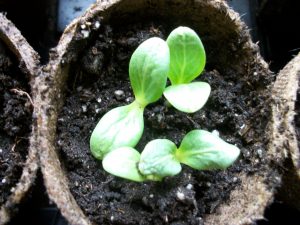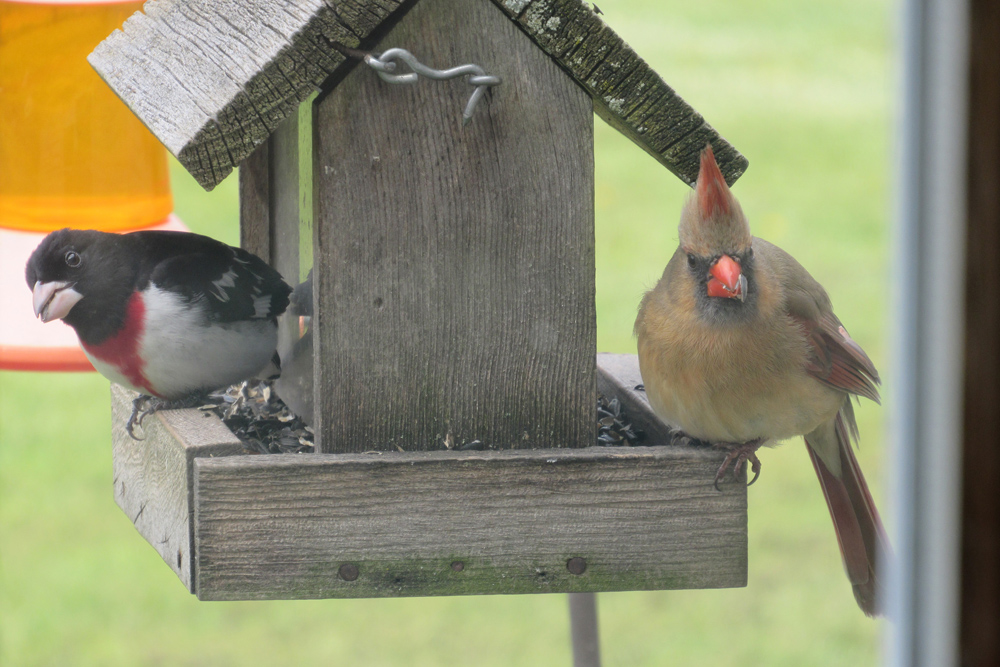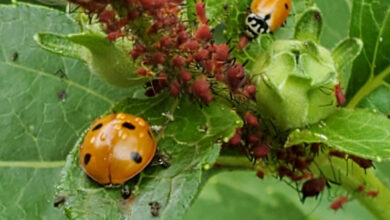Tips for starting garden plants from seed
The growing season is almost here and starting your vegetables and flowers from seed can be a rewarding way to fill your garden at planting time.

Starting seed indoors is fun and even educational and there is a greater choice of vegetable and flower varieties to try.
Here are a few tips to help ensure success.
Select varieties that will grow well in your garden conditions. Cornell University Cooperative Extension offers a web-based tool which compiles information from gardeners about what they are growing. Vegetable Varieties for Gardeners at http://vegvariety.cce.cornell.edu/ allows you to search from among 7,000 varieties of vegetables from heirlooms to the latest hybrids with information on resistance to insects or diseases.
Purchase new seed from reliable sources. Lightweight soil-less seed starting mix contains peat moss, vermiculite, perlite and fertilizers and provides a sterile and weed free medium for starting seeds.
Containers can range from purchased fiber pots and cell packs to egg cartons and yogurt cups. If you are re-using containers, make sure to sterilize them with a weak, ten percent bleach solution.
Light is very important. Cornell University Cooperative Extension recommends supplemental light from a four-foot long, two bulb fixture with 40-watt cool white bulbs with a timer. Heat mats made for placing under containers are helpful in achieving the soil warmth necessary for germination. Water gently with a watering can with fine holes or a mister.
Cornell also recommends you err on the late side of starting seeds rather than too early. Small plants will catch up and surpass overgrown leggy plants which may never recover from being in a pot too long. Peppers, eggplant and tomatoes can be started about six weeks before transplanting outside; cucumbers, melon or squash need only about three weeks before transplanting.
When planting seeds, fill your container to the brim with moistened soil-less mix and use a pencil or finger to poke a hole in the soil. A general rule of thumb is to plant seeds 2 to 3 times as deep as they are wide and 1- 2 inches apart – but read your seed packet. Some seeds require light to germinate. You can also spread seeds on top of the soil-less mix and then place a layer of seed starting mix over them. Plant more seeds per container than you need, as not all may germinate.
Keep the seed starting mix evenly moist by misting, and keep containers out of direct sun in a warm place until seeds germinate. After germination, you can place them in direct light. If you are using lights, Cornell recommends they be placed 3-6 inches away from emerging plants and left on for 12-16 hours per day. Continue to keep the soil moist and temperatures about 65-70 degrees during the day – 10 degrees cooler at night is fine.
When your seedlings have two true leaves, thin to one plant per pot.
Wait to transplant outside until 2-3 weeks after the last average frost date, when the soil has warmed and night temps are about 45 degrees. You can harden off your plants by reducing the water they receive and increasing exposure to sun, wind and cool temps about two weeks before planting. A lightly shaded area outside is a good place to harden them off.
When it’s time to plant, a calm, cool and cloudy day helps to lessen transplant shock.





